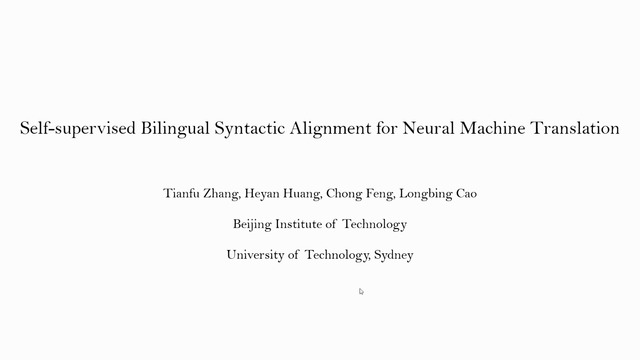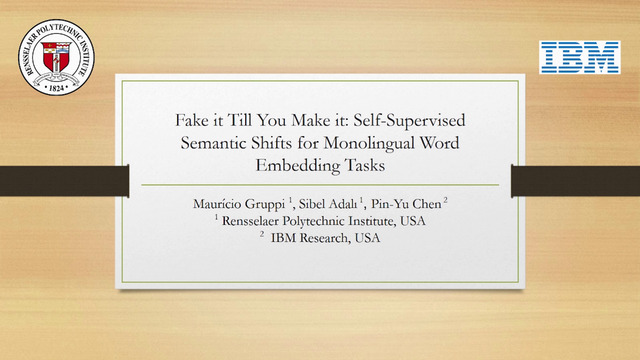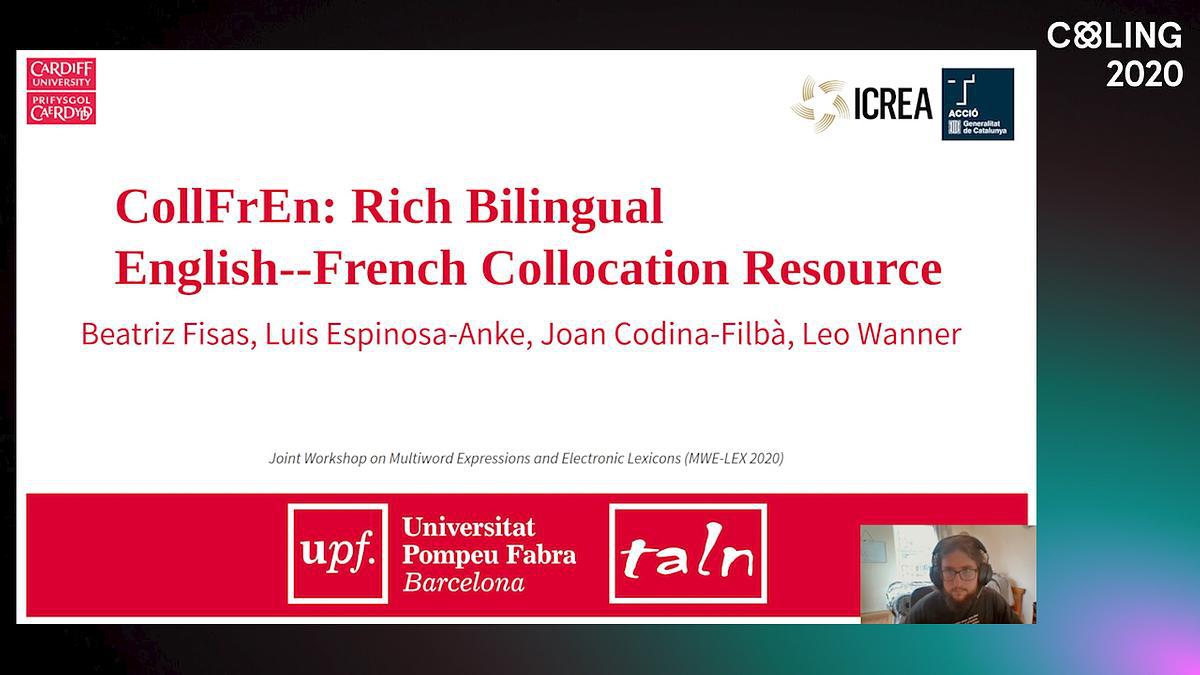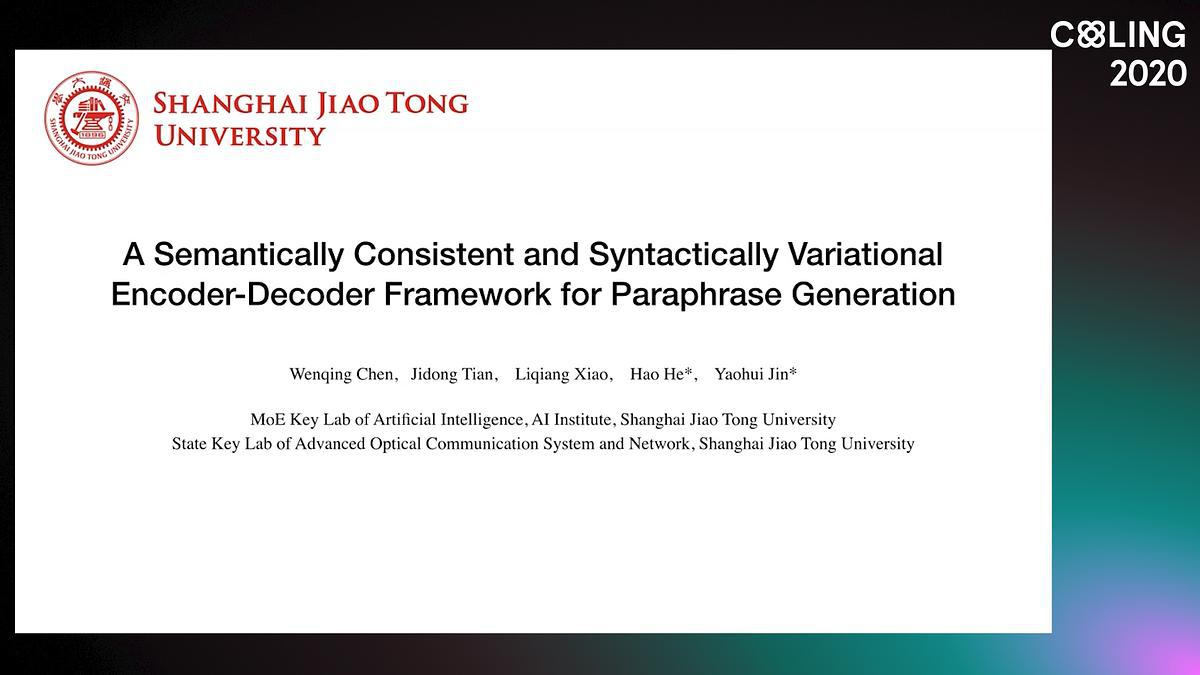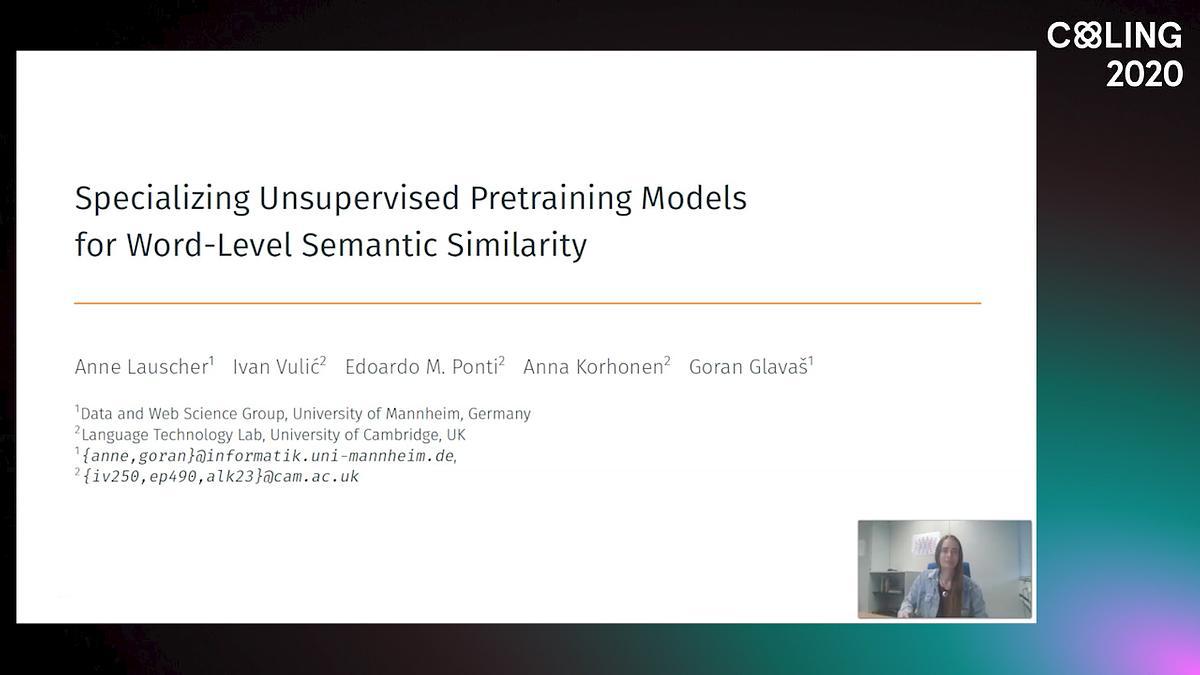Abstract:
Position encoding (PE), an essential part of self-attention networks (SANs), is used to preserve the word order information for natural language processing tasks, generating fixed position indices for input sequences. However, in cross-lingual scenarios, \eg machine translation, the PEs of source and target sentences are modeled independently. Due to word order divergences in different languages, modeling the cross-lingual positional relationships might help SANs tackle this problem. In this paper, we augment SANs with cross-lingual position representations to model the bilingually aware latent structure for the input sentence. Specifically, we utilize bracketing transduction grammar (BTG)-based reordering information to encourage SANs to learn bilingual diagonal alignments. Experimental results on WMT'14 English⇒German, WAT'17 Japanese⇒English, and WMT'17 Chinese⇔English translation tasks demonstrate that our approach significantly and consistently improves translation quality over strong baselines. Extensive analyses confirm that the performance gains come from the cross-lingual information.






